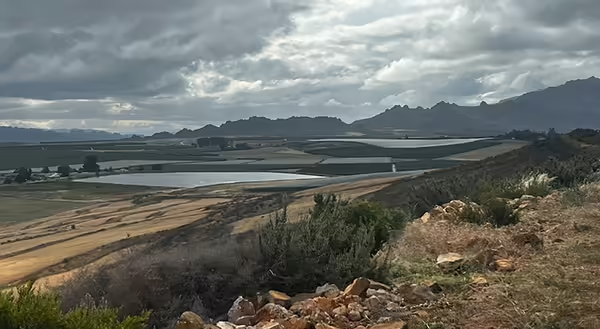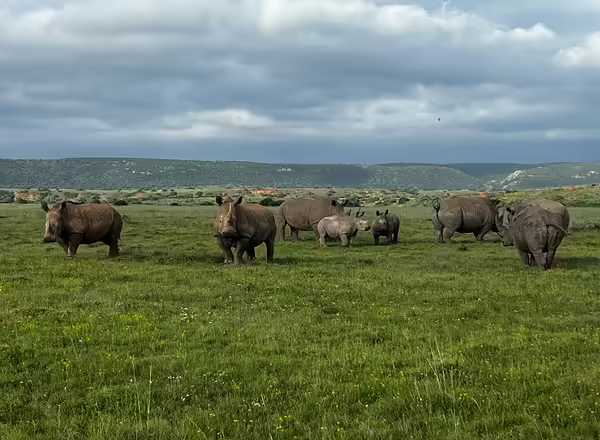
I want to share some of the highlights from my opportunity to attend the International Tree Fruit Association’s South Africa Study Tour this past November/December. The stunning landscapes along the Garden Route through the Eastern and Western Cape Provinces will forever stand out in my mind, being home to the Fynbos, one of the world’s richest floras and recognized by some botanist as the smallest of the six floral kingdoms of the world…North America is in the Boreal floristic region. So needless to say, it was a treat just to travel to each of the orchard operations, often traveling through mountain passes that provided elevated views of the vast acreage of orchards and vineyards…at least by Illinois standards. South Africa grows just a bit over 134,100 acres of pome and stone fruit for the world export market, the vast majority of which is grown in the Western Cape province. Because labor is relatively inexpensive at about $1.53 an hour for farm and domestic workers, the wholesale growers we visited have not been pushed to adopt many of the newer production/labor efficiency technologies, setting them roughly 20 years behind where US wholesalers are today. That’s not bad, just the effect of labor costs.
Water availability is a major concern, and each grower must capture their entire water needs for the growing season during the winter rainy season from mountain runoff into large lake-sized retention ponds, see photo above taken at Chiltern Farms in Vyeboom Valley, Western Cape Province, South Africa (photo credit: E. Wahle, Illinois Extension 2025). Everything is on drip irrigation and application is based on soil and tree characteristic as well as water availability. High pack out is also key to profitability, meaning the goal is for every fruit on the tree to be perfect. To that end, vast acreage is under shade cloth or Drape Net to prevent sunburn and/or windburn, not to mention summer pruning, fertility programs and pest control. Apples were high density on MM.109 or M.7, with just a few we visited venturing into M.9. The standard for peach and nectarine was Kakamas seedling, but many were using rootstocks out of the California and French breeding programs as well. Excess vigor is a real challenge, but they have the labor for trunk scoring, extensive branch tying, and detailed pruning to keep each tree in its space. The peaches and nectarines we saw tended to be trained to a high-density in-line V (parallel V), plums were trained to a single high density central leader, and apples to a high-density central leader…with none carrying permanent scaffold branches. The cherries we visited were on Maxma 14 and Maxma 60 rootstocks, trained to high density central leader with two tabletops for bearing. South Africa falls in what we would classify as Winter Hardiness Zone 9 – 11, meaning they have to manage low chilling conditions on some of the higher chill cultivars they grow. They have a system for inducing chill (break bud dormancy and stimulate more uniform and earlier bud break) with the use of Dormex and mineral oil, and let’s just say it is somewhat an art much like thinning apples use to be.
A bit about my impression of South Africa, specifically the Western and Eastern Cape Provinces. South Africa is a great place for Americans to visit because the U.S. dollar is very strong against the South African Rand…roughly 18:1, meaning items like food, clothing and accommodations are relatively cheap to us. The areas I visited were very European and English speaking, so a visitor from the U.S. in general won’t experience a language barrier at least in the Eastern and Western Cape provinces. The one drawback is the 20 hours of actual flight time to get there, but worth it to see the Southern Cross and stand at the tip of the Cape of Good Hope…and to see all the animals I grew up seeing on Wild Kingdom with Marlin Perkins.
